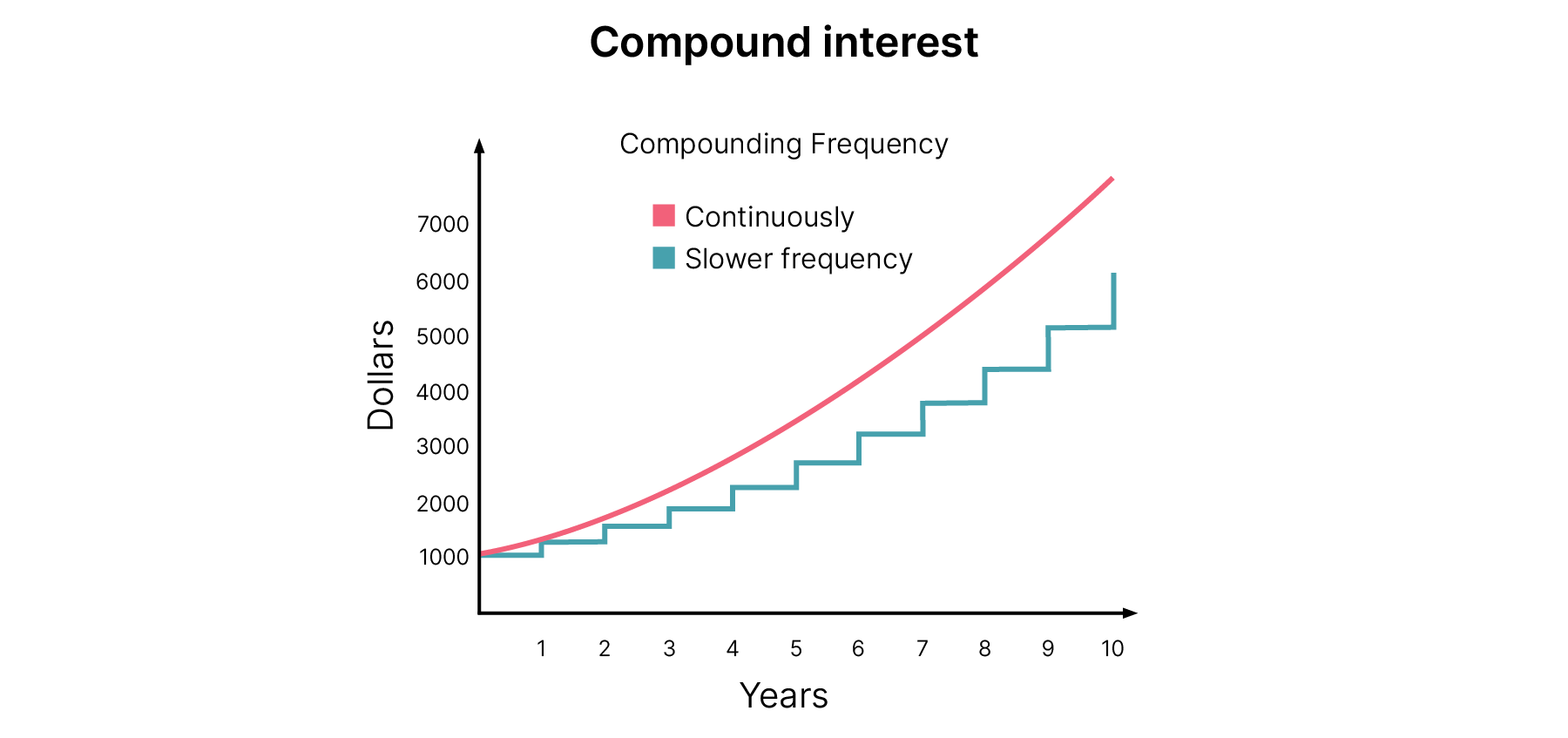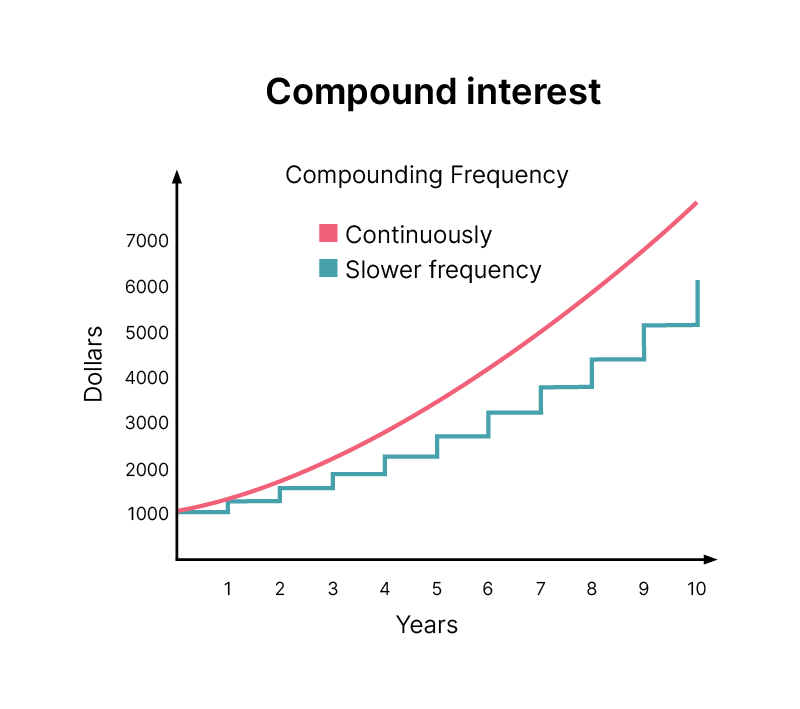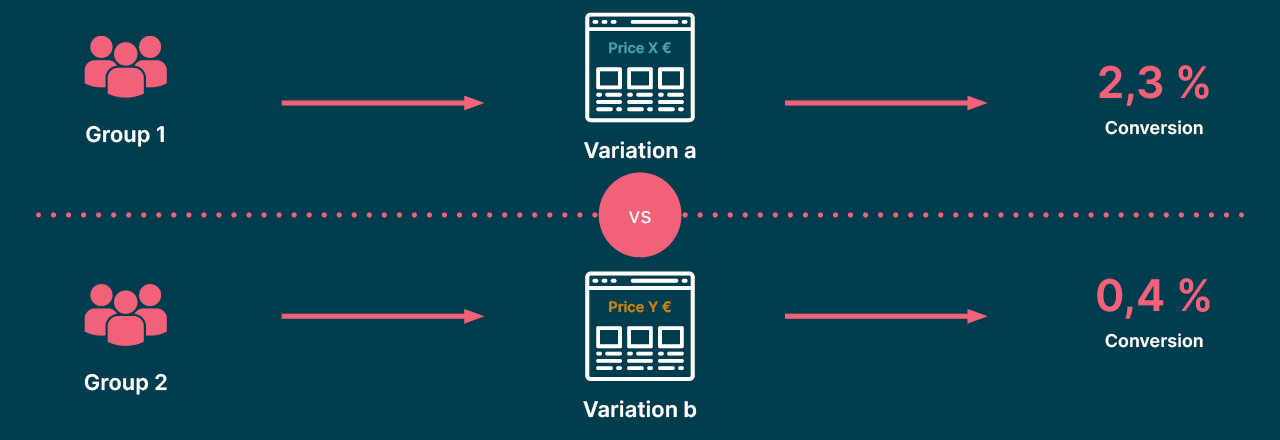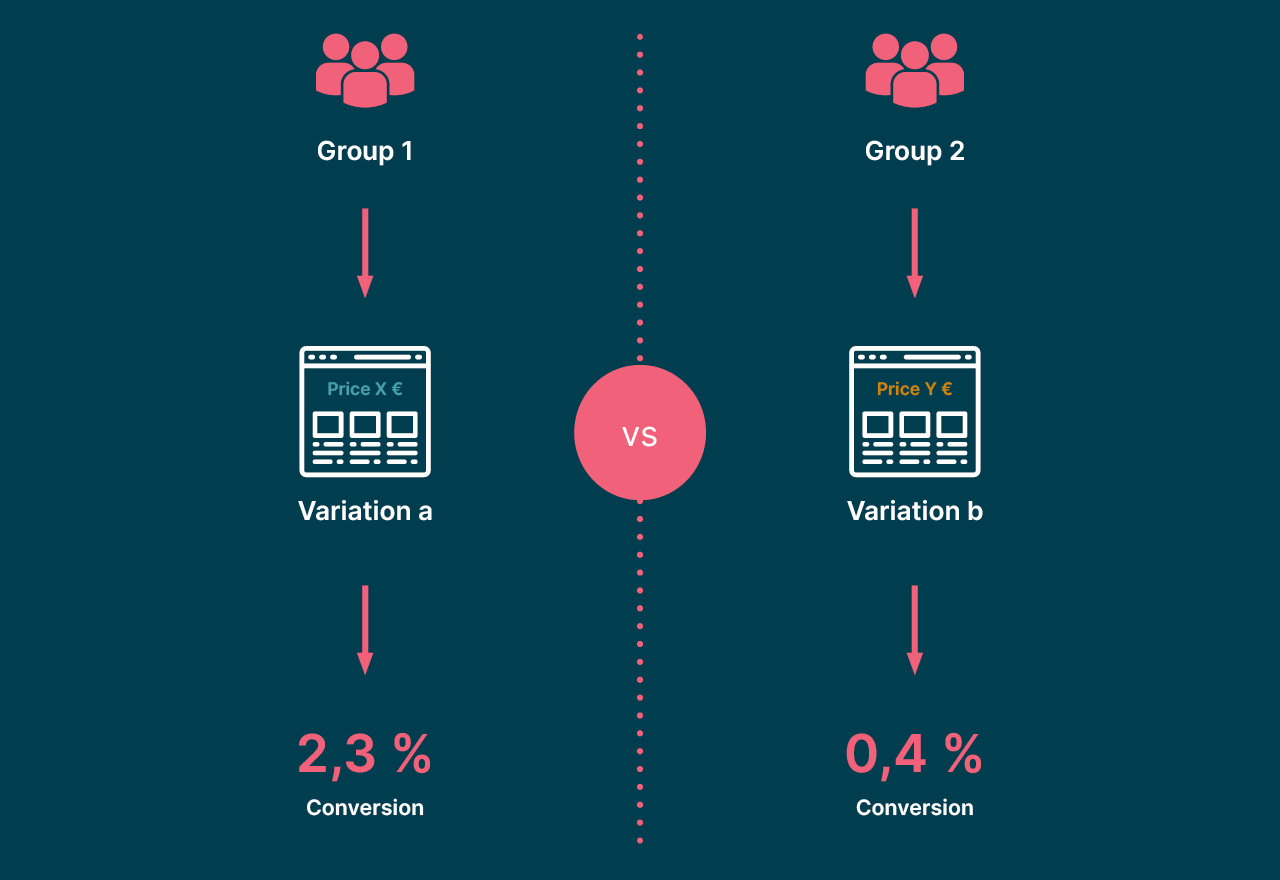Investments are managed to maximize returns, and this is precisely how the greatest benefits of dynamic pricing can be achieved. In our previous article about upgrading to an AI-driven dynamic pricing approach we explained what it is, the benefits and how to get started. Now, we explain why it’s important to approach AI-driven dynamic pricing as an investment rather than an expense or traditional “IT-project”.
Investment into long-term competitive advantage
When investing into a bespoke AI-driven dynamic pricing practice, it’s an investment into long-term competitive advantage. Developing an AI-driven dynamic pricing practice requires investment in a form of time, resources and change management. Without proper change management to overcome barriers for adoption, the adoption in the organization will most likely fail.


The investment in an AI-driven dynamic pricing practice includes getting the right skills, sufficient technological platform, maintenance, tight collaboration and alignment between business stakeholders and developers and customer perception.
AI projects often fail to scale and produce business value (Stanford AI Report 2023, p. 213) due to the experimental nature of AI and the accompanying uncertainty. This can be mitigated by starting at a smaller scale and measuring the impact on revenue before scaling out. The proven impact on revenue will justify the additional investment into full-scale AI-driven dynamic pricing practice.
For AI-driven dynamic pricing to align with investment goals, the optimized key performance indicator (KPI) must be in line with those goals. The approach to AI-driven dynamic pricing discussed in the previous article allows for optimization over a wide range of business KPIs, making it effortless to align with investment objectives.
AI-driven dynamic pricing is a strategic asset
A unique approach to dynamic pricing that’s tailored to maximize benefit from the precious assets of an organization contributes to long-term profitability and competitive advantage. This is because of the exclusive access to the organization's data on pricing and customer information combined with a state-of-the-art and self-learning dynamic pricing solution.
Treating dynamic pricing as an IT-driven expense can lead to a focus on technical solutions rather than business impact due to misplaced incentives. When driven by business stakeholder concerns, such as revenue management, you can ensure business impact is prioritized. Additionally, close involvement of end-users in developing the solution increases the chances of successful adoption.
When developing a bespoke AI-driven dynamic pricing solution in-house rather than adopting a SaaS solution, the business owns intellectual property (IP) rights and has full control over customization to accommodate new data sources, new internal and external systems (such as third-party sales channels). While the ongoing costs of either a SaaS dynamic pricing solution or in-house solution can be deducted as expenses, owning the IP has the additional benefit that it can be represented as an asset in the balance sheet. In other words, we can call it a strategic asset.


Achieve return on investment through continuous validation
Do Return On Investment (ROI) calculations for different scenarios is one way to get started with an investment approach for AI-driven dynamic pricing. It’s important to understand the possible impact in both positive and negative scenarios because before any kind of validation the uncertainty is still high.
Measure the impact to the revenue compared to the previous approach to pricing after committing to a small scale experiment with AI-driven dynamic pricing. The value can be measured with a controlled experiment using A/B testing. When the value has been proven on a smaller scale it increases the certainty of success. The ROI scenarios can be refined with the new information and probabilities for scenarios can be updated. With higher confidence in success, larger investments can be made into scaling the solution across product categories and geographies.
Getting feedback throughout the development process is vital in ironing out any inconsistencies in the solution and achieving a robust AI-driven dynamic pricing practice. It is important to continue measuring the impact throughout the scaling of the solution to make sure the solution generalizes over products and regions.
Continue monitoring the AI-driven dynamic pricing after the practice has been fully scaled. By making sure that the solution continues to deliver value it’s easy to justify the ongoing expenses generated by the platform and maintenance.
AI-driven dynamic pricing should be considered an investment to achieve the greatest benefits. Make sure that the risk is minimized by starting small and validating the impact early on and continuing to validate throughout the lifecycle of the AI-driven dynamic pricing practice to maximize the returns. In the next article we will discuss the key considerations to a successful AI driven dynamic pricing practice.
Disclaimer: The statements and opinions expressed in this article are those of the author(s) and do not necessarily reflect the positions of Thoughtworks.


















